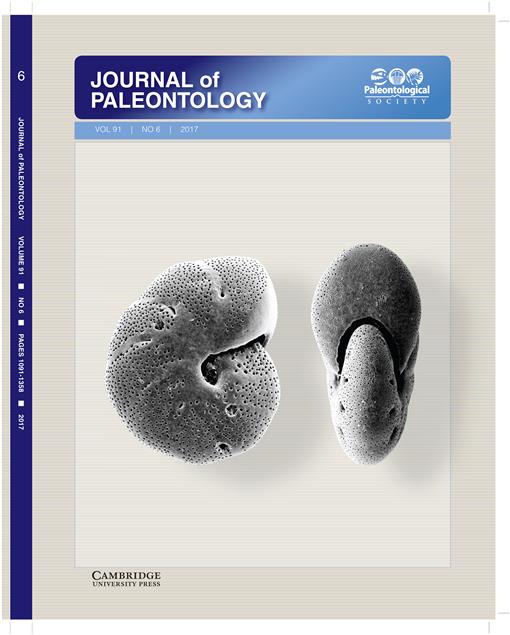New and more-complete material of Procolpochelys charlestonensis Weems and Sanders, 2014 provides the first detailed information on the skull, jaw, and plastron of this species, which occurs in the Oligocene Ashley and Chandler Bridge formations near Charleston, South Carolina. This material allows a much more detailed comparison of this turtle with the co-occurring pancheloniid species Ashleychelys palmeri Weems and Sanders, 2014 and Carolinochelys wilsoni Hay, 1923a, as well as with its Miocene successor Procolpochelys grandaeva (Leidy, 1851). Fused dentaries, found in the Cooper River north of Charleston, belong to the pancheloniid genus Euclastes, previously known only from the Upper Cretaceous and Paleocene. This specimen, apparently from the upper Eocene Parkers Ferry Formation, expands the temporal range of this genus and indicates that Euclastes survived in the North Atlantic basin far longer than was previously known. These new finds, combined with previous records of fossil pancheloniid sea turtles, provide an improved picture of the temporal distribution, evolutionary trends, and likely phylogeny of pancheloniids from the Late Cretaceous to the present.
How to translate text using browser tools
1 November 2017
More-complete remains of Procolpochelys charlestonensis (Oligocene, South Carolina), an occurrence of Euclastes (upper Eocene, South Carolina), and their bearing on Cenozoic pancheloniid sea turtle distribution and phylogeny
Robert E. Weems,
K. Mace Brown
ACCESS THE FULL ARTICLE

Journal of Paleontology
Vol. 91 • No. 6
October 2017
Vol. 91 • No. 6
October 2017




